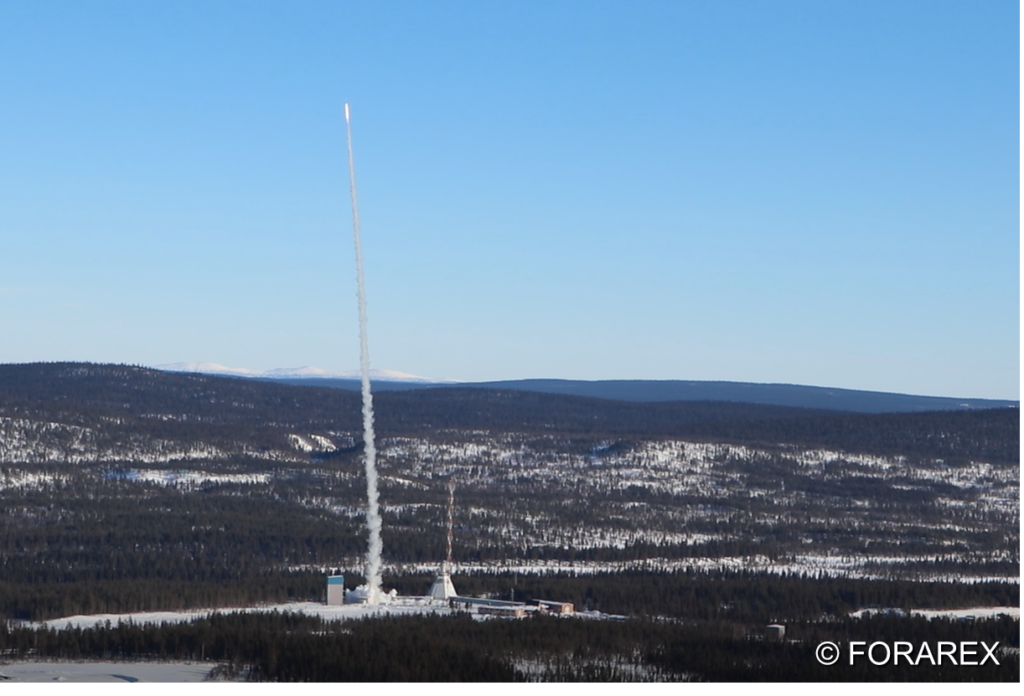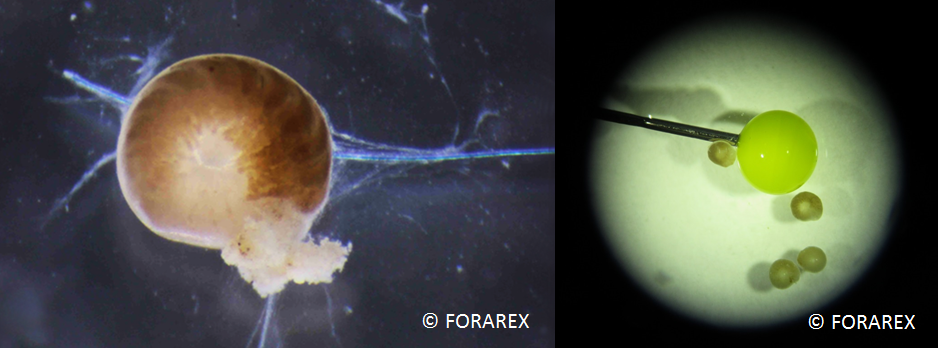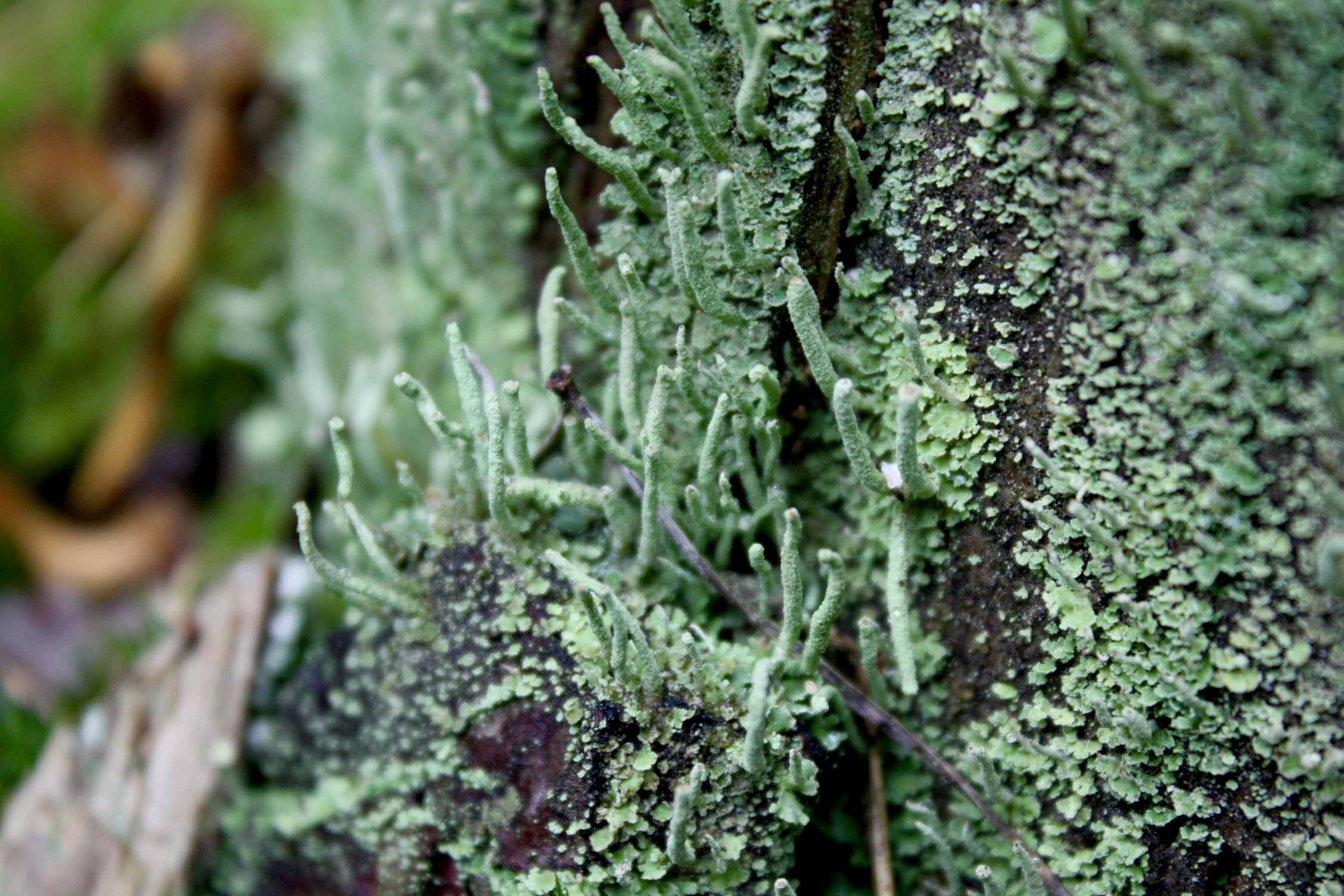by Alwyn Saju

Figure 1: Patiently waiting for food aid in Bamako, Mali, photo: Derek Markwell/DFID.
Long wait for food, shortage of fresh food and water scarcity. These are some of the common problems faced by the displaced people living in refugee camps. Same is the case in relief camps set in places hit by natural calamities like flood, earthquake, drought etc. The previous article was about “Controlled Environment Agriculture”. In this article, you will read about an interesting project called “MEPA” which intends to solve food challenges on earth, especially in refugee camps using CEA technologies.














Recent Comments